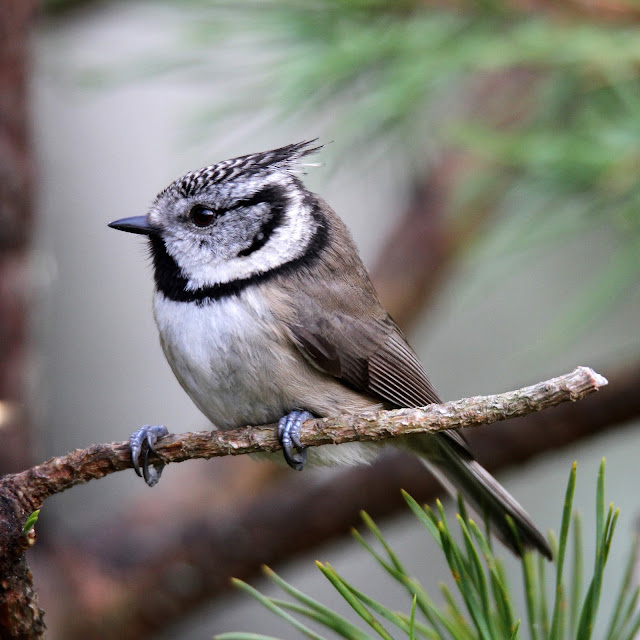The red kite's aerial agility is astonishing. Whatever the attitude of its wings and tail, the eyes are always fixed ahead. The tail often moves completely independently of the wings.
This graph from BirdTrends shows the increase in population.
The Bird Atlas maps show the wide areas of repopulation, centred around reintroduction sites.
You can read more about the reintroduction of red kites here and listen to Sir David Attenborough's BBC Radio 4 Tweet of the Day on red kites here.



















































